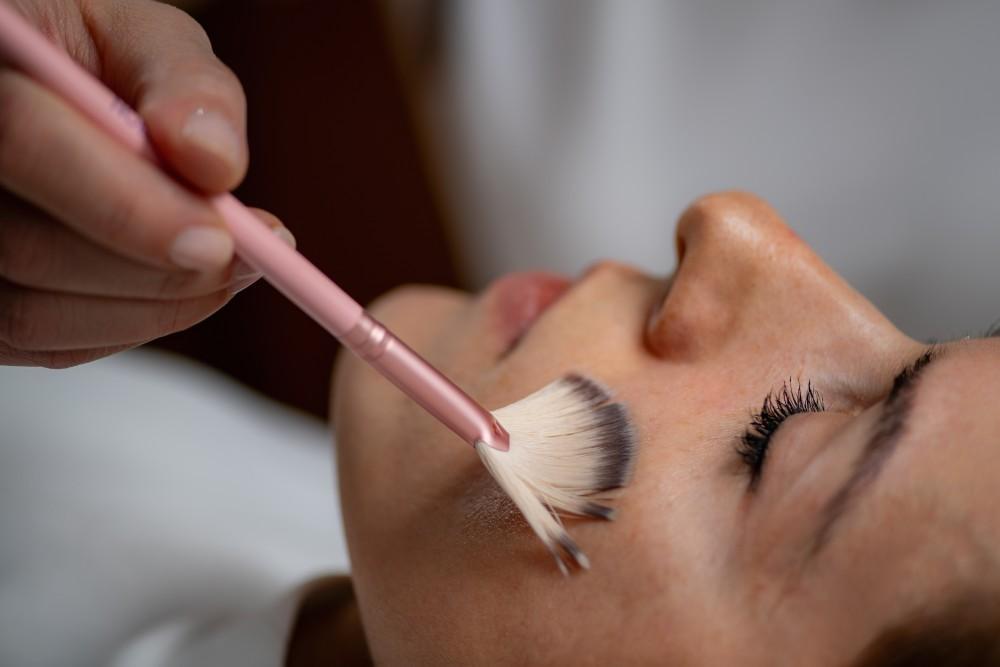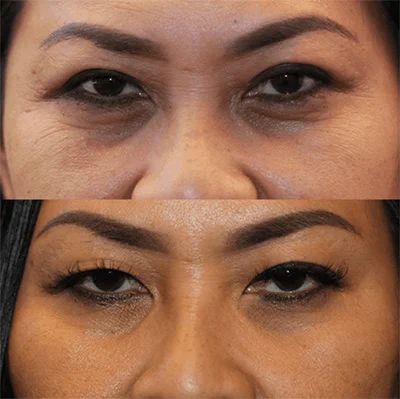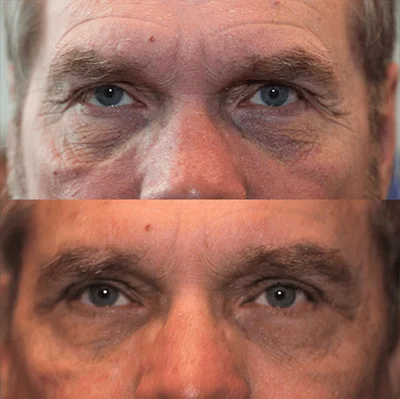
At Arizona Ocular & Facial Plastic Surgery in Scottsdale, oculofacial and cosmetic plastic surgeon Dr. Dustin Heringer and his team offer numerous treatments to improve your skin’s appearance and tone. One customizable option that’s also efficient is a chemical peel. It removes old, worn-out cells, dirt, debris, and uneven pigment problems, leaving you with a healthy, radiant glow. Here’s why you should make a light chemical peel a regular part of your skin care routine.
How chemical peels work
Chemical peels are a cosmetic treatment used to exfoliate your outermost skin layers in a controlled manner. The different strengths indicate how deep the acid used in the peel penetrates into the skin and, therefore, how much downtime you’ll require after getting one.
All strengths use the same application process, though they use different acids. We apply the solution to your skin, where it removes the damaged top layers, sloughing off dead skin cells and debris. As the layers flake off, any blemishes (e.g., fine lines, hyperpigmentation) within those layers go with them, so your skin looks clear and healthy.
The acid also creates micro-injuries in the skin tissue; your body responds by producing the healing and growth factors necessary to repair them.
A major player in the process is collagen, a fibrous protein that gives your skin structure, strength, and an even tone. When you’re young, you have lots of collagen. However, by your mid-20s, production declines, leading to fine lines, wrinkles, and hollows. Collagen can be further depleted if you spend lots of time in the sun without sunscreen.
A chemical peel removes worn-out collagen cells and kickstarts new collagen production that fills in lines, wrinkles, and scars, restoring your youthful-looking skin.
We use chemical peels on the face, neck, and hands to remove common skin blemishes, including rough spots, hyperpigmentation, shallow scars, and acne. However, peels can’t address deep creases, large scars, sagging skin, large pores, and areas that have lost fat deposits. These all require different treatments, such as dermal fillers, microdermabrasion, and skin resurfacing. Ask your aesthetician about what’s best for your issues.
Light (superficial) chemical peel
For light peels, we use a solution of glycolic or salicylic acid to address uneven tone, fine lines and wrinkles, acne breakouts, and skin dryness. We brush the acid on your skin and leave it there for just a few minutes, so it only removes the outermost layer.
Because light peels aren’t as strong as other chemical peels, they’re not as invasive, and your outer skin should slough off completely within about a week, revealing fresh new skin beneath. And the good news is you can repeat the peel every 2-5 weeks, as needed, to supplement your regular skin care routine.
Want to learn more about chemical peels and how they can help your skin? Schedule a consultation with Dr. Heringer by calling our Scottsdale, Arizona, location or booking online with us today.



